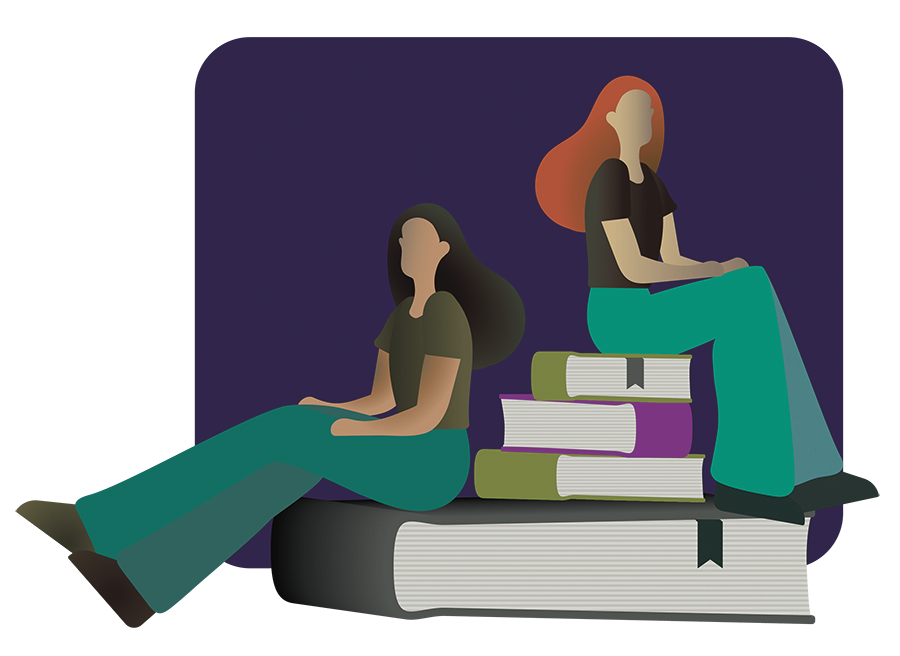College food pantry helps fill nutritional needs
November 23, 2021
According to the results of a 2017 survey conducted by the Student Senate, 30% of students at Madison College faced food insecurity.
Food insecure students reported a number of impacts on their academic experiences and performance. Students reported such issues as: not being able to concentrate, missing classes, failing assignments or withdrawing from classes. One recommendation from the survey was for a food pantry to be opened on campus.
In the fall of 2019, Student Health Education opened The Cupboard Student Food Pantry on the Truax campus. The following spring a second location was opened on the Goodman South Campus.
Since opening its doors, the mission of The Cupboard Student Food Pantry has been to provide students with basic needs and nutrition education.
The Cupboard Student Food Pantry is run with the assistance of peer health educators. Those who visit the food pantry can expect to receive up to 10 pounds of nonperishable food per week, as well as nutrition education, meal prep items, community resources, education and help with meeting a student’s basic needs.
“A lot of what students share is that money is tight, they need a little help because they don’t get paid till the end of the week, or tuition is due,” said Student Health Educator Denise Holin. “I think the larger barrier is students have not been exposed to healthy eating, how to navigate resources, or balancing or organizing budgets.”
Through Dec. 15, the food pantry is open from 9 a.m. to 11 a.m. on Tuesdays and 12 p.m. to 2 p.m. on Wednesdays at the Truax Campus. The Goodman South location is open 2 p.m. to 4 p.m. on Thursdays through Dec. 16.
Oscar Guzman works Tuesdays at the Truax location, handing bags out. On a typical day of work he will arrive at the food pantry an hour early and begin making bags.
Guzman is a liberal arts transfer student and former Marine now using his military benefits to attend college. He first became interested in helping at the food pantry when he heard Holin speak at an orientation.
“It subverted my expectations of what a community college could do, it’s great that we can bring food directly to students,” Guzman said. “It’s one thing to throw money at a problem but it’s another thing to get your own hands working to help people.”
Each bag contains healthy items for breakfast, lunch and dinner. The Second Harvest Food Bank is the sponsoring partner who assists with food distribution and supplies. Guzman’s primary concern ahead of the food pantry opening is to ensure there are enough bags for the initial rush. Once open, he distributes the already made bags and makes more as needed.
The Truax location is on the first floor of the health education building. Inside there are signs directing visitors to the location. This location was chosen because it is close to the parking lots as well as the bus and shuttle services. There is also space in the Center for Health and Wellbeing where students can leave their bags of items during class times and pick them up at their convenience.
Because of the COVID-19 pandemic, the food pantry is offering drive up services. This decision will be reviewed at the end of the semester. Along with handing out bags Guzman also distributes health and wellness information to students. This information includes information about The River Food Pantry, located about a mile-and-a-half from Madison College, where students can receive more groceries.
As an added gift, “weekly free bags” are also made available to students. These bags contain items such as laundry soap, dish soap and other personal care items. Each week has a set theme with bags featuring such names as Back to Basics, Sanitize Up, Cracker Snackers and Pasta Abilities.
“A lot of people that may need this resource often feel that it is shameful to ask for help,” Guzman said. “We want to combat that food insecurity problem; it is absolutely not shameful to come and ask for help if you need it.”
Guzman’s other job while handing bags out is to collect demographic information from students. At their first visit students will need to complete an information request form. After the first visit students need to have their OneCard with them in order to ensure that they are enrolled in a minimum of one degree credit. Other information that will be collected includes the city they live in, whether or not it is their first visit, as well as the amount of individuals in their house who are under 18, between 18 and 60 and over 60 years old.
Once the food pantry is closed Guzman logs all the demographic information that was collected. This information is later sent to Second Harvest Food Bank. So far 370 students have visited the food pantry during the fall semester. Since 2019 there have been close to 2,500 visits to the food pantry.
Guzman also assists at the food pantry on Thursdays performing other jobs like unloading pallets of food donations and stocking shelves. In total he spends upwards of nine hours a week helping out there. All in all it is an experience that he describes as deeply rewarding.
“There’s a few people that come every week, and I get to see them every week, so building that relationship with them and me being able to give them that food while seeing in their eyes that they need it is really special,” Guzman said.






























